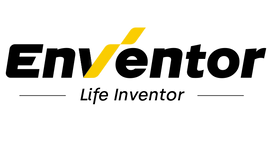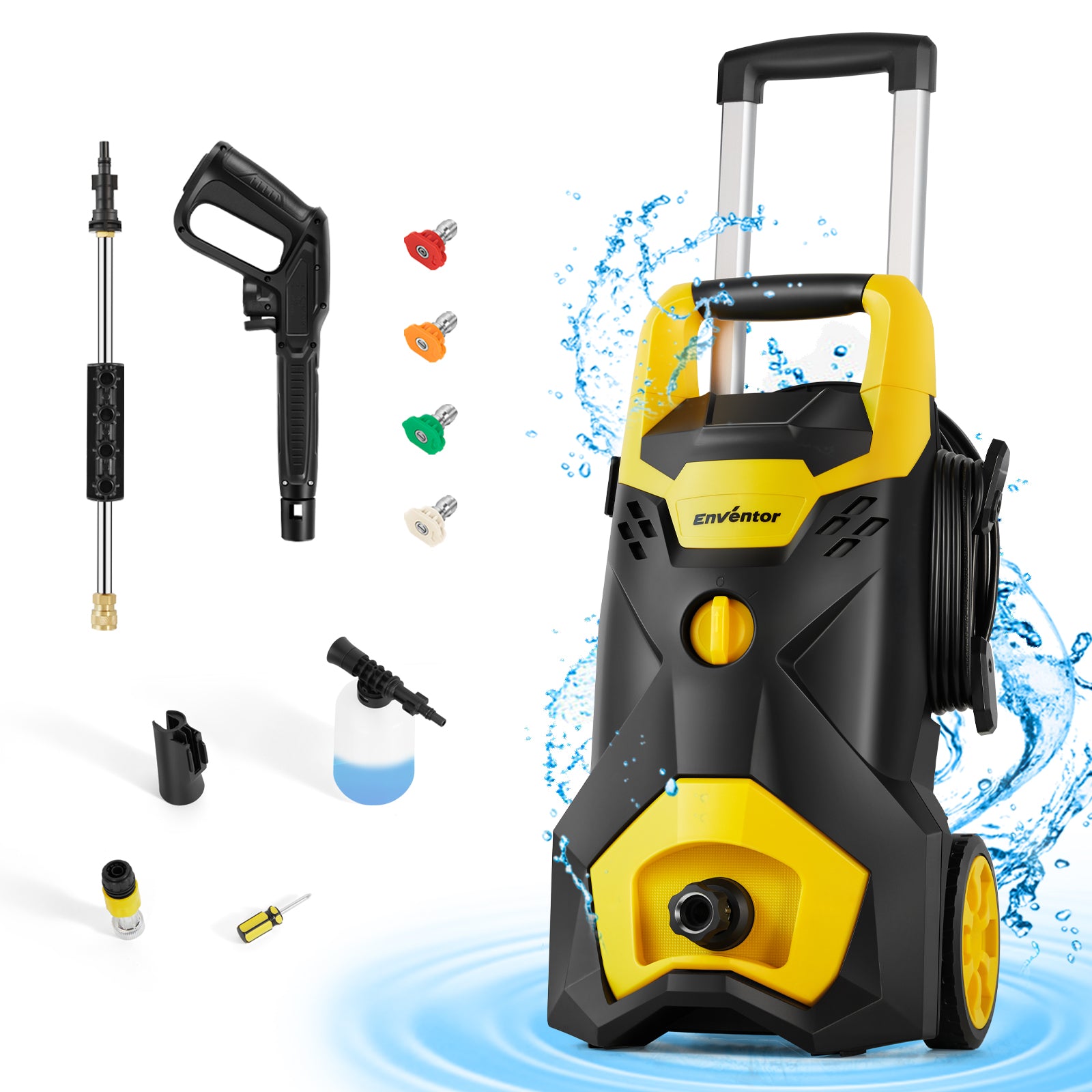Introduction
The tools we use define what we can create. From ancient craftsmen to today's DIY enthusiasts, technological advancement has continually reshaped creative possibilities. This transformation has accelerated dramatically in recent years, putting professional-grade capabilities into the hands of everyday creators.
The Evolution of Power Tools
From Corded to CordlessThe transition from corded to lithium-ion powered tools represents one of the most significant shifts in tool technology. Modern battery systems deliver:
- Runtime that rivals corded alternatives
- Performance without compromise
- Freedom to work anywhere
- Standardized battery platforms across multiple tools
- Rapid charging capabilities
This liberation from power outlets has fundamentally changed where and how creators can work, expanding possibilities beyond traditional workshops.
Smart IntegrationToday's advanced tools feature intelligent systems that were unimaginable a decade ago:
- Torque sensing technology that prevents stripping screws
- Impact control that adjusts force based on material resistance
- Automatic shut-off when detecting potential kickback
- Digital displays showing battery status and performance metrics
- Bluetooth connectivity for customization and maintenance tracking
These features not only improve results but dramatically reduce the learning curve for beginners.
Precision Revolution
Laser Guidance SystemsModern measurement and alignment tools have transformed precision work:
- Self-leveling laser lines accurate to within 1/8 inch over 30 feet
- Green beam technology visible even in bright environments
- Multiple projection planes simultaneously visible
- Digital measuring with instant calculation capabilities
- Compact designs that replace bulky traditional levels
This precision democratizes professional-quality results, allowing hobbyists to achieve what once required years of experience.
3D Design and FabricationThe design-to-creation pipeline has been completely reimagined:
- Consumer-accessible CAD software with intuitive interfaces
- Augmented reality previewing of projects in physical space
- 3D printing for rapid prototyping and custom components
- CNC integration with home workshop tools
- Collaborative design platforms for community knowledge sharing
These technologies eliminate much of the waste and guesswork traditionally associated with creative projects.
Accessibility and Learning
Barrier ReductionModern tool ecosystems have systematically eliminated traditional barriers:
- Entry-level price points for quality tool platforms
- Ergonomic designs accommodating various physical abilities
- Weight reduction without compromising durability
- Simplified interfaces requiring minimal technical knowledge
- Modular systems that grow with user expertise
These developments have opened making and building to demographics previously excluded by tool limitations.
Knowledge DistributionThe democratization of information complements tool advancement:
- Video tutorials specific to each tool and technique
- Augmented reality instruction overlays
- Community forums for troubleshooting and inspiration
- Manufacturer-provided project plans and templates
- Real-time expert consultation through mobile applications
This educational ecosystem turns tool purchases into gateways to skill development rather than mere acquisitions.
Environmental and Efficiency Impacts
Sustainability FocusModern tool development increasingly prioritizes environmental considerations:
- Energy efficiency improvements reducing power consumption
- Longer tool lifespans through improved materials
- Battery recycling programs becoming industry standard
- Solar charging options for remote work
- Reduced material waste through precision cutting and application
These advances align creative work with broader sustainability goals.
Time EfficiencyPerhaps the most valuable resource modern tools preserve is time:
- Preparation work reduced through precise measurement tools
- Setup time minimized with quick-change systems
- Learning curve shortened via intelligent assistance features
- Error correction largely eliminated through guidance systems
- Project completion accelerated without quality compromise
This efficiency transforms weekend projects from aspirational to achievable.
The Future Workplace
Workspace TransformationThe workshop itself is evolving alongside tools:
- Compact, multi-function tools requiring less storage space
- Mobile workstations replacing permanent installations
- Virtual planning reducing physical space requirements
- Dust management systems improving health outcomes
- Noise reduction creating neighborhood-friendly creation
These changes enable creative work in living spaces previously unsuitable for traditional tool use.
Community and CollaborationCreation is becoming increasingly connected:
- Project sharing platforms building community knowledge
- Specialized tool libraries offering access without ownership
- Collaborative makerspaces providing equipment and expertise
- Remote consultation during complex projects
- Digital twins of physical projects for remote collaboration
The isolated workshop is giving way to a networked creation ecosystem.
Conclusion
The tool revolution extends far beyond simple improvements in power or convenience. Modern creative tools are fundamentally changing who can create, what they can build, and how they approach the creative process. As intelligent systems, precision guidance, and accessible design continue to evolve, we're witnessing the democratization of capabilities once reserved for specialists.
For today's creators, the limitation is increasingly shifting from "What can my tools do?" to simply "What can I imagine?" This transformation represents not just technological advancement, but a profound shift in the relationship between humans and the objects we create.
The tools of tomorrow will continue this trajectory, further blurring the line between professional and amateur, between design and execution, ultimately expanding human creative potential in ways we're only beginning to understand.









